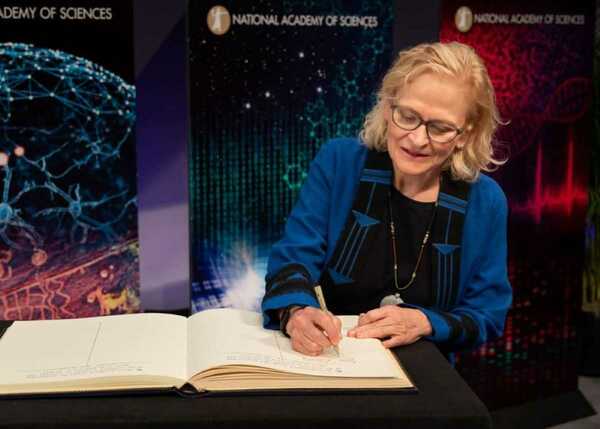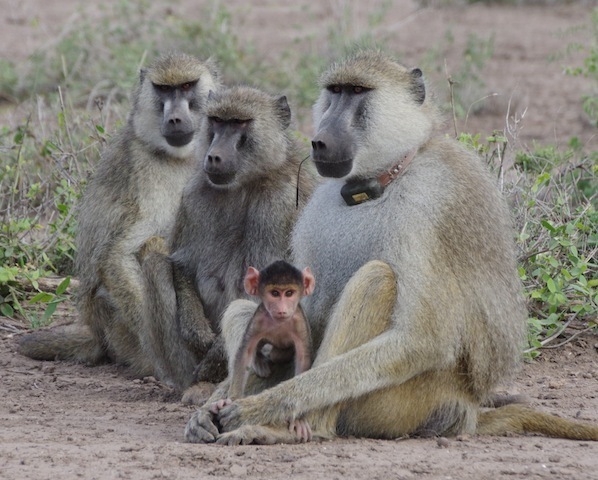Surviving infancy is challenging for wild primates, as decades of research on species ranging from lemurs to gorillas have revealed. For an infant baboon, surviving the first year of life requires learning to identify and successfully consume more than 250 types of food, avoiding fatal disease and predation, and perhaps most importantly identifying and avoiding dangers from other baboons both inside and outside their social group. In Amboseli, first-year mortality has averaged about 30 percent over the four decades of our study, but has climbed as high as 50 percent during difficult times. Just getting through infancy represents a huge piece of the Darwinian gauntlet that every animal must run.
We have published a popular article in American Scientist magazine, in which we relate stories about Amboseli infants who did and did not make it through that Darwinian gauntlet. Read More


